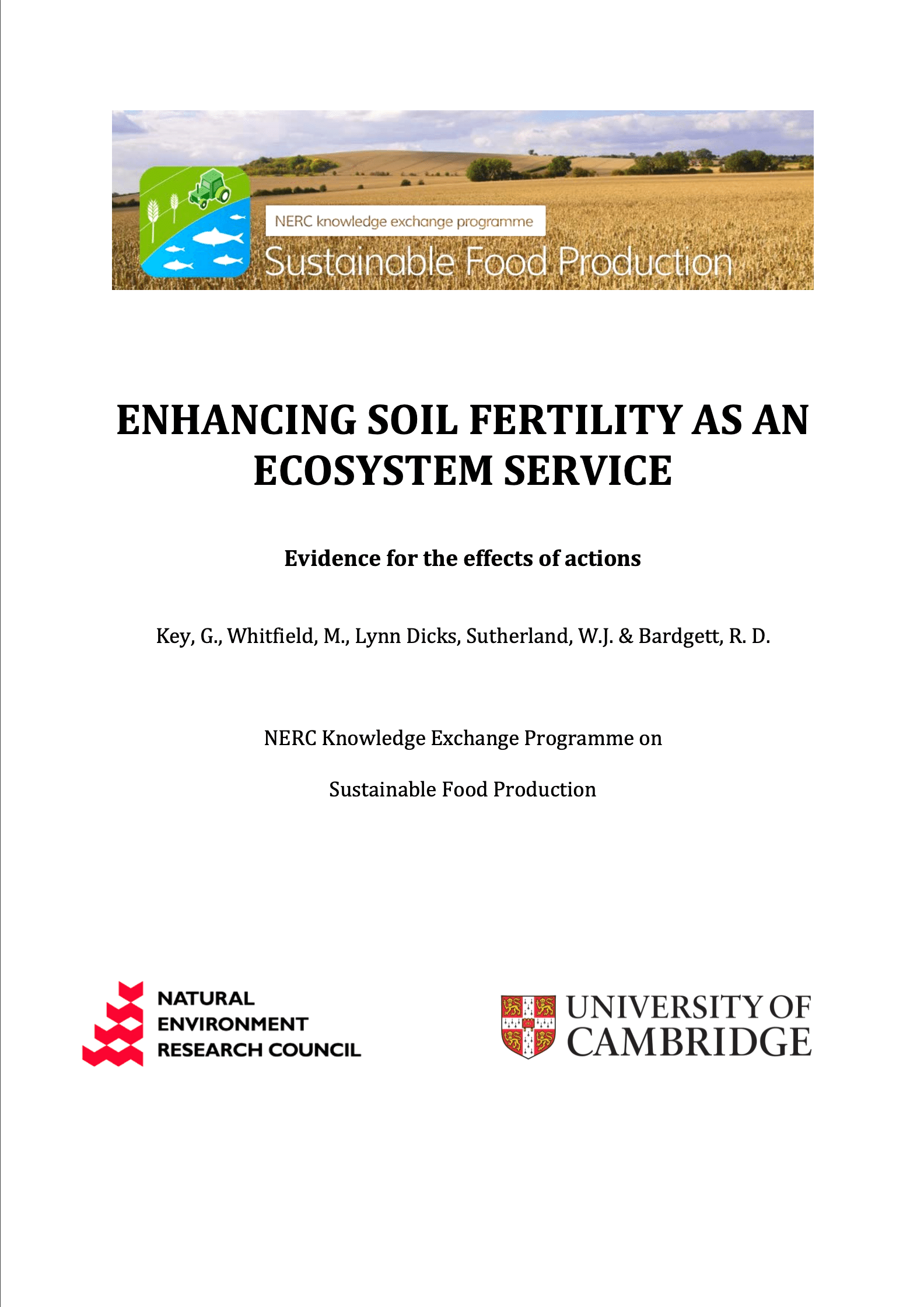Reduce fertilizer, pesticide or herbicide use generally
Overall effectiveness category Likely to be ineffective or harmful
Number of studies: 3
View assessment score
Hide assessment score
How is the evidence assessed?
Effectiveness
26%Certainty
40%Harms
48%
Study locations
Supporting evidence from individual studies
A replicated experiment in 2001-2006 on loamy soil in Saskatchewan, Canada (Malhi et al. 2009) found less nitrate (74 kg N/ha) and phosphorus (19 kg P/ha) in soil under organic inputs than under high or reduced inputs (85 kg N/ha, 24 kg P/ha respectively). Nitrate was usually higher in treatments with fewer crop types. Lower yields were recorded in organic compared to high or reduced input treatments (amounts not specified). Three input (tillage/management) levels (organic, reduced, high) were replicated four times. Within these input levels were three crop diversities: low (fallow/wheat Triticum aestivum/oilseed Brassica juncea); cereal (wheat / mustard Brassica juncea or canola Brassica napus/ lentil Len culinaris rotations; or grain (perennial forage crop (sweet clover Melilotus officinalis, pea Pisum sativum, flax Linum usitatissimum or alfalfa Medicago sativa)/ barley Hordeum vulgare) rotations. Within these were six crop phases, rotating the above species with green manure and fallow phases, which were tested in 40 x 12.8 m plots. Fertilizers and pesticides were not applied to the organic treatment. Crop rotations were six years long. Each year, two soil samples were taken from each crop phase (with a third also taken in 2006) to measure nitrate-N, carbon, nitrogen, and phosphorus.
Study and other actions testedA site comparison study in 2007-2009 on silt soils in Faisalabad, Pakistan (Rana et al. 2010) found a higher number of species of large soil invertebrates in low input fields (79 species) compared to high input fields (61 species). Ten acres of sugarcane Saccharum sp. crop were selected in areas using either low chemical input cultivation or high chemical input cultivation (nitrogen (70 kg/acre), phosphorus (50 kg/acre), potassium (70-80 kg/acre), calcium (7 kg/acre), sulphur (12 kg/acre), magnesium (12 kg/acre) and organic fertilizers (2400-3200 kg/acre)), or low chemical input cultivation (using anything less than the high chemical input treatment). Soil samples were taken from three randomly selected areas within 1 acre fields in each system: one on the edge of the field, one under the shade of scrub or trees and one within the field. Soil invertebrates were identified to species.
Study and other actions testedA replicated site comparison study, in spring 2008 across loam, sandy-loam and coarse sandy soils in Salerno district, Italy (Bonanomi et al. 2011) found that the functional diversity of soil microorganisms was 18% lower functional microbial diversity and 14% lower bacterial species richness, as well as 24% lower organic carbon, compared to the low-input systems. Broad differences in soil microbial community properties were found between farms classified as high-input, intensive, and low-input systems. The high-input systems were described as intensive cultivation systems under plastic cover, while low-input systems were described as orchards. Soil samples were taken from three plastic tunnels in each high-input system and from one area of orchard in each low-input system, then analysed for biochemical and biological properties in the laboratory.
Study and other actions tested
Where has this evidence come from?
List of journals searched by synopsis
All the journals searched for all synopses
This Action forms part of the Action Synopsis:
Soil Fertility
Soil Fertility - Published 2013
Soils Synopsis




















